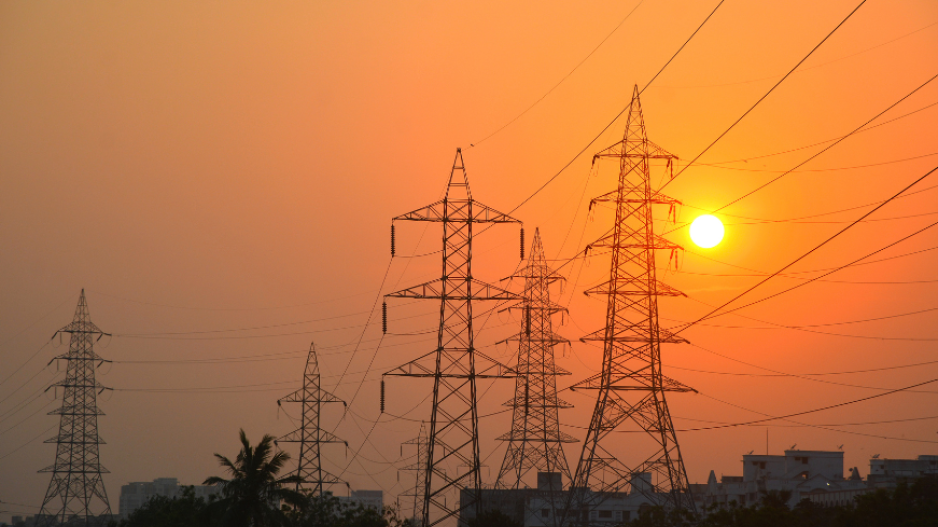Cyprus' Electricity Market: The Role of Renewable Energy and the Great Sea Interconnector
Energy Storage and Grid Connection Key to Reducing Curtailments and Enhancing Sustainability
Cyprus has put all its efforts into developing its electricity market, aiming to alleviate energy curtailments and improve energy security. As Brief reports, the Ministry of Energy remains a strong proponent of the Great Sea Interconnector, the electricity link between Cyprus and Greece, viewing it as essential for supporting further renewable energy projects and reducing curtailments through energy storage solutions.
The increasing penetration of decentralized renewable energy sources (RES), particularly solar photovoltaic (PV) systems, requires energy storage systems to balance production and consumption. Until Cyprus connects to neighboring electricity grids in late 2029, it will continue to face limitations in efficiently managing excess renewable energy.

The Ministry of Energy expects the Great Sea Interconnector to be operational by 2029, significantly reducing electricity curtailments caused by low demand and high renewable energy generation. Additionally, Cyprus plans to install lithium-ion battery storage systems starting in 2026, with a target capacity of 160 MW by 2030, offering at least 2-4 hours of energy storage.
In 2022, renewable energy sources accounted for 16.96% of total electricity production, up from 14.84% in 2021. The increase was mainly due to PV systems installed for self-consumption under the "Renewable Energy for Own Consumption" scheme and for commercial purposes. These RES projects either participate in the Competitive Electricity Market or fall under the Transitional Market Regulation framework.
The share of RES will continue to grow, driven by solar PV, wind farms, and biomass/biogas units. By 2030, the installed PV capacity is expected to reach at least 1,080 MW, three times the capacity of 2021 (318 MW).
By the end of the decade, the installed biomass/biogas capacity for electricity production will increase to 27 MW, with the addition of new plants.
The energy transition in Cyprus will also be shaped by the introduction of natural gas in 2026, replacing heavy fuel oil (HFO) and diesel as the primary energy sources for power generation.
The Ministry of Energy has also confirmed that RES power generation projects receive operational licenses or exemptions from the Cyprus Energy Regulatory Authority for a period of 30 years. Most RES projects in operation today are expected to remain active beyond 2030, eliminating the need for major relicensing efforts in the near future.
Existing RES projects with a total capacity of 238.8 MW are included in Feed-in Tariff (FiT) schemes, benefiting from 15- or 20-year subsidy agreements. Most of these projects began operation after 2010, with FiT contracts for around 70 MW of PV capacity expiring by 2030.
Once these contracts end, many of these projects will either continue under self-consumption schemes—particularly for rooftop PV systems on homes and businesses—or integrate into the competitive electricity market. In many cases, commercial RES projects will combine with energy storage technologies to enhance stability and efficiency.






